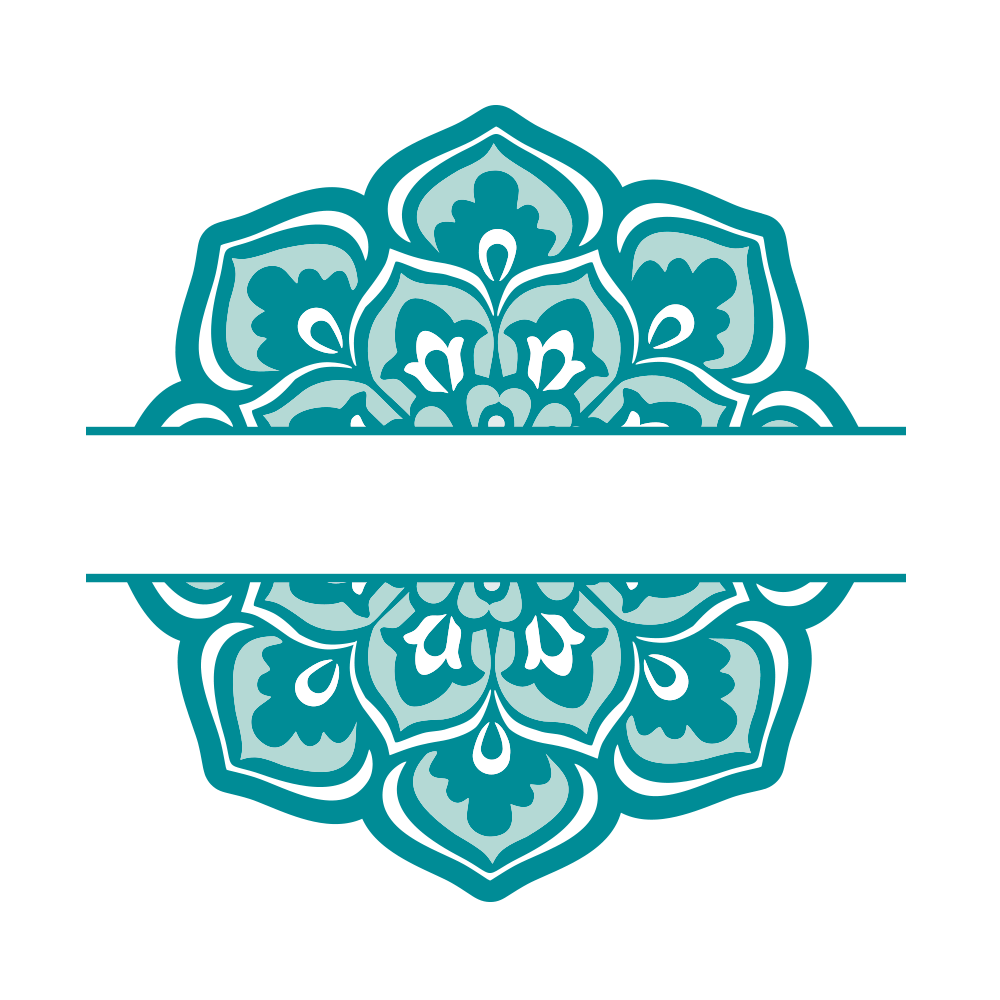A Deep Dive into Emotional Healing and Chronic Pain Relief
Journaling has long been recognised as a powerful tool for self-reflection and emotional healing. Among the various methods of journaling, a technique focusing on unfiltered, honest writing has emerged as particularly effective in addressing chronic pain and emotional distress. This journal post will explore the principles of this approach, its benefits, and practical steps to incorporate it into your daily routine.
Understanding the Principles of Therapeutic Journaling
Therapeutic journaling is designed to tackle chronic pain and emotional stress by encouraging individuals to write candidly about their deepest, most uncomfortable emotions. The core idea is that repressed emotions can manifest as physical pain or other chronic symptoms. By bringing these emotions to light through writing, one can alleviate both physical and emotional suffering.
The Three Lists Approach
The process begins with creating three lists:
- Past Stressors: This list includes any events from your past that caused significant emotional distress. It could be anything from childhood trauma to specific incidents that left a lasting impact.
- Current Stressors: This list covers ongoing issues in your life that are currently causing stress or anxiety.
- Personality Traits: This list highlights aspects of your personality that contribute to your stress, such as perfectionism, people-pleasing tendencies, or a harsh inner critic.
By identifying these elements, you gain a comprehensive view of the factors influencing your emotional and physical well-being.
The Therapeutic Journaling Process
Step 1: Pick a Topic
Choose an item from any of your three lists. Don’t overthink the selection—any topic that stands out will work. The goal is to start the writing process, so pick whatever feels most pressing at the moment.
Step 2: Write Unfiltered for 20 Minutes
Set a timer for 20 minutes and write continuously about the chosen topic. The key here is to write without censorship. Let your thoughts flow freely, even if they seem chaotic or distressing. The point is to express your true feelings, no matter how shameful, scary, or ugly they might be. This process is akin to emotional vomiting—expelling the negative emotions that have been suppressed within you.
Step 3: Allow Emotions to Surface
As you write, pay attention to your emotional and physical responses. Notice what feelings arise and where you feel them in your body. This practice helps in connecting your emotions with physical sensations, aiding in the release of repressed feelings.
Step 4: Follow with Self-Compassion Meditation
After the journaling session, spend about 10 minutes in self-compassion meditation. This step is crucial as it helps you transition from the intense emotional release to a state of calm and self-kindness. Various guided meditations are available online, or you can simply sit quietly, focusing on self-soothing thoughts.
The Benefits of Therapeutic Journaling Therapeutic journaling offers numerous benefits, both emotional and physical. Here are some key advantages:

Emotional Release and Clarity
By writing about your deepest emotions, you gain clarity about your feelings and experiences. This process helps in understanding and processing emotions that might have been buried for years.
Reduction in Chronic Pain
Many individuals practicing therapeutic journaling report significant reductions in chronic pain. The technique helps in addressing the underlying emotional causes of physical pain, leading to lasting relief.
Improved Mental Health
Regular journaling can alleviate symptoms of anxiety and depression. It provides a safe space to explore and release negative emotions, promoting mental well-being.
Enhanced Self-Awareness
Therapeutic journaling fosters a deeper understanding of oneself. By regularly examining your thoughts and emotions, you become more aware of your inner landscape, leading to personal growth and improved self-esteem.
Practical Tips for a Successful Therapeutic Journaling Practice

- Consistency is Key: Like any healing practice, consistency is crucial. Aim to write daily or at least several times a week to see significant benefits.
- Create a Safe Space: Ensure that you have a quiet, comfortable space where you can write without interruptions. This environment helps in fully engaging with the process.
- Be Honest: The effectiveness of therapeutic journaling lies in your willingness to be brutally honest with yourself. Don’t hold back—let the words flow freely.
- Don’t Judge Your Writing: Remember, no one else will read what you write. There’s no need for grammar checks or edits. The focus is on emotional expression, not literary quality.
- Combine with Other Therapies: Therapeutic journaling can be an excellent complement to other therapeutic practices such as mindfulness, yoga, or counseling.
Integrating Therapeutic Journaling into Your Life
To integrate therapeutic journaling into your daily routine, start by setting aside 30 minutes each day. Use the first 20 minutes for journaling and the last 10 minutes for a self-compassion meditation. Over time, this practice will become a powerful tool for emotional healing and physical well-being.
Therapeutic journaling is a transformative practice that addresses the root causes of chronic pain and emotional distress. By encouraging honest, uncensored writing, it helps individuals release repressed emotions and achieve lasting healing. Incorporating this form of journaling into your daily routine can lead to profound personal growth and improved overall well-being. Start your journey today and experience the healing power of journaling.
Read more

How Yoga Therapy Helps Trauma Survivors
Yoga therapy is a specialised practice designed to meet the unique needs of individuals with specific health concerns, offering profound benefits for those recovering from trauma. This holistic approach melds various aspects of yoga—such as postures, breathwork, and...
No Results Found
The page you requested could not be found. Try refining your search, or use the navigation above to locate the post.

